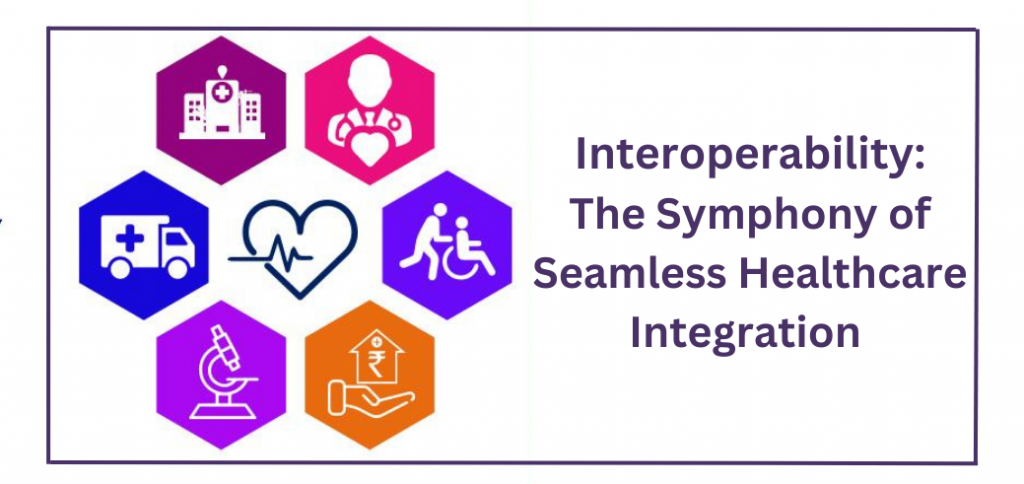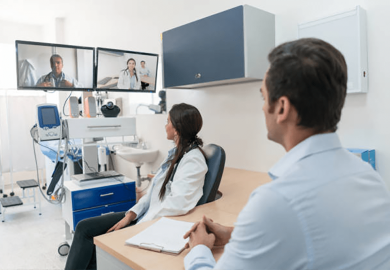Interoperability: The Symphony of Seamless Healthcare Integration
In the grand orchestra of healthcare, each instrument plays a vital role. From primary care physicians and specialists to labs and pharmacies, every entity contributes to the melody of patient care. But what happens when these instruments aren’t in tune with each other? Chaos ensues. Enter interoperability; the maestro that ensures every instrument plays in harmony, creating a symphony of seamless healthcare integration. Let’s dive into the world of interoperability and understand its transformative impact.

The Unified Score: Comprehensive Data Sharing
Imagine a world where every healthcare touchpoint, from a routine check-up to a complex surgical procedure, is documented in a unified score. Interoperability makes this possible. It ensures that patient data, regardless of where it’s generated, is shared across platforms. This comprehensive data sharing ensures that every healthcare provider has the complete picture, leading to informed decisions.
The Seamless Transition: Care Continuity
A patient’s journey often involves multiple stops, from a general physician to a specialist, or a diagnostic lab to a pharmacy. Interoperability ensures that this journey is smooth. With integrated systems, patient data flows seamlessly, ensuring that at every touchpoint, the data provided is consistent, relevant, and timely. It’s like a relay race where the baton is passed without any hiccups, ensuring a winning performance.
The Global Ensemble: Cross-border Healthcare
In an increasingly globalized world, healthcare is no longer confined to geographical boundaries. Whether it’s a patient seeking treatment abroad or a global health crisis like a pandemic, interoperability plays a crucial role. It ensures that healthcare systems across countries can communicate, share insights, and collaborate, creating a global ensemble that addresses healthcare challenges holistically.
The Feedback Loop: Real-time Insights
Interoperability isn’t just about data sharing; it’s about real-time feedback. Integrated systems can analyze data, identify patterns, and offer actionable insights. Whether it’s predicting a potential outbreak or optimizing resource allocation, interoperability ensures that healthcare providers have the insights they need when they need them, creating a proactive care model.
The Open Stage: Vendor-neutral Platforms
One of the cornerstones of interoperability is vendor neutrality. It ensures that irrespective of the technology provider or platform, systems can communicate. This open-stage approach ensures that healthcare providers aren’t locked into proprietary systems, promoting innovation, competition, and flexibility.
The Audience Engagement: Empowering Patients
At the heart of healthcare is the patient. Interoperability ensures that they aren’t mere spectators but active participants. With integrated systems, patients have access to their data, can share it with providers of their choice, and can make informed decisions. It’s about empowering patients, giving them a front-row seat in the orchestra of their healthcare journey.
In Conclusion
Interoperability is not just a technical term; it’s the maestro of modern healthcare. It ensures that every entity, every system, and every patient is in sync, creating a symphony of seamless care. As we look to the future, interoperability stands as the beacon guiding us towards a world where healthcare is not just efficient but truly integrated.
For every healthcare provider, embracing interoperability is not just an option; it’s the melody that will define the future of patient care. So, as you navigate the healthcare landscape, listen to the symphony of interoperability and join in, creating harmonious, integrated, and patient-centric care.


